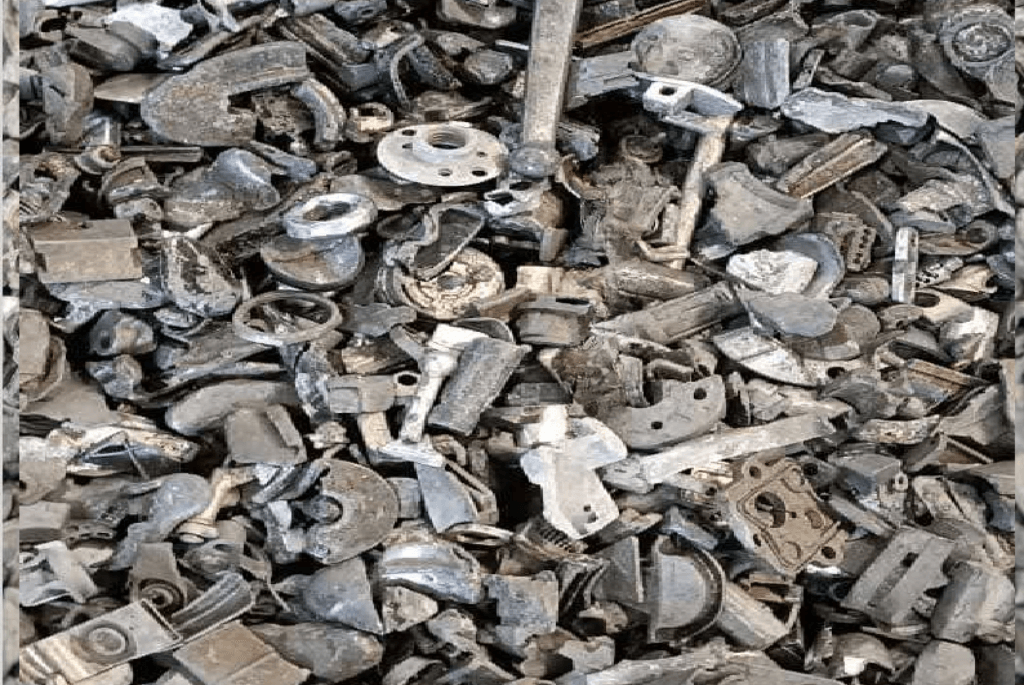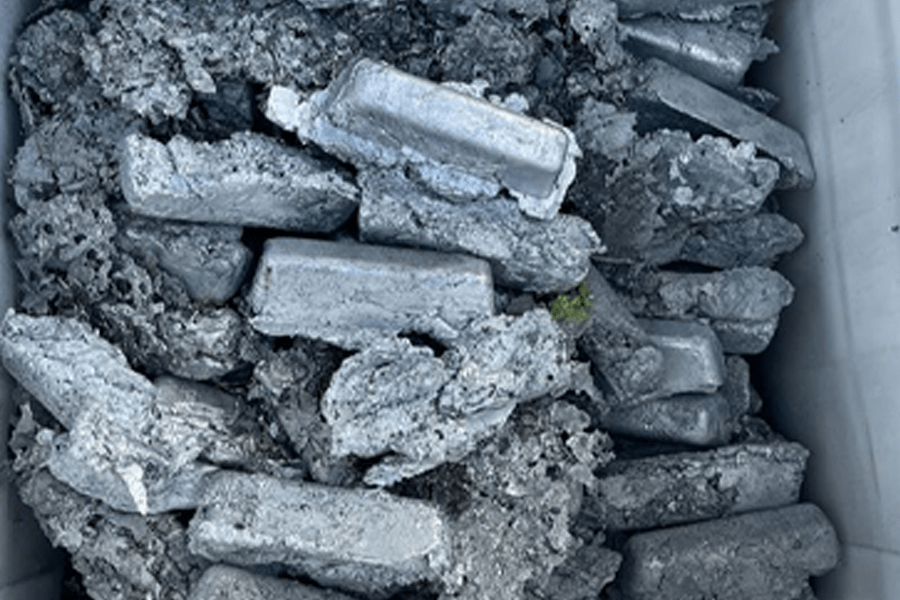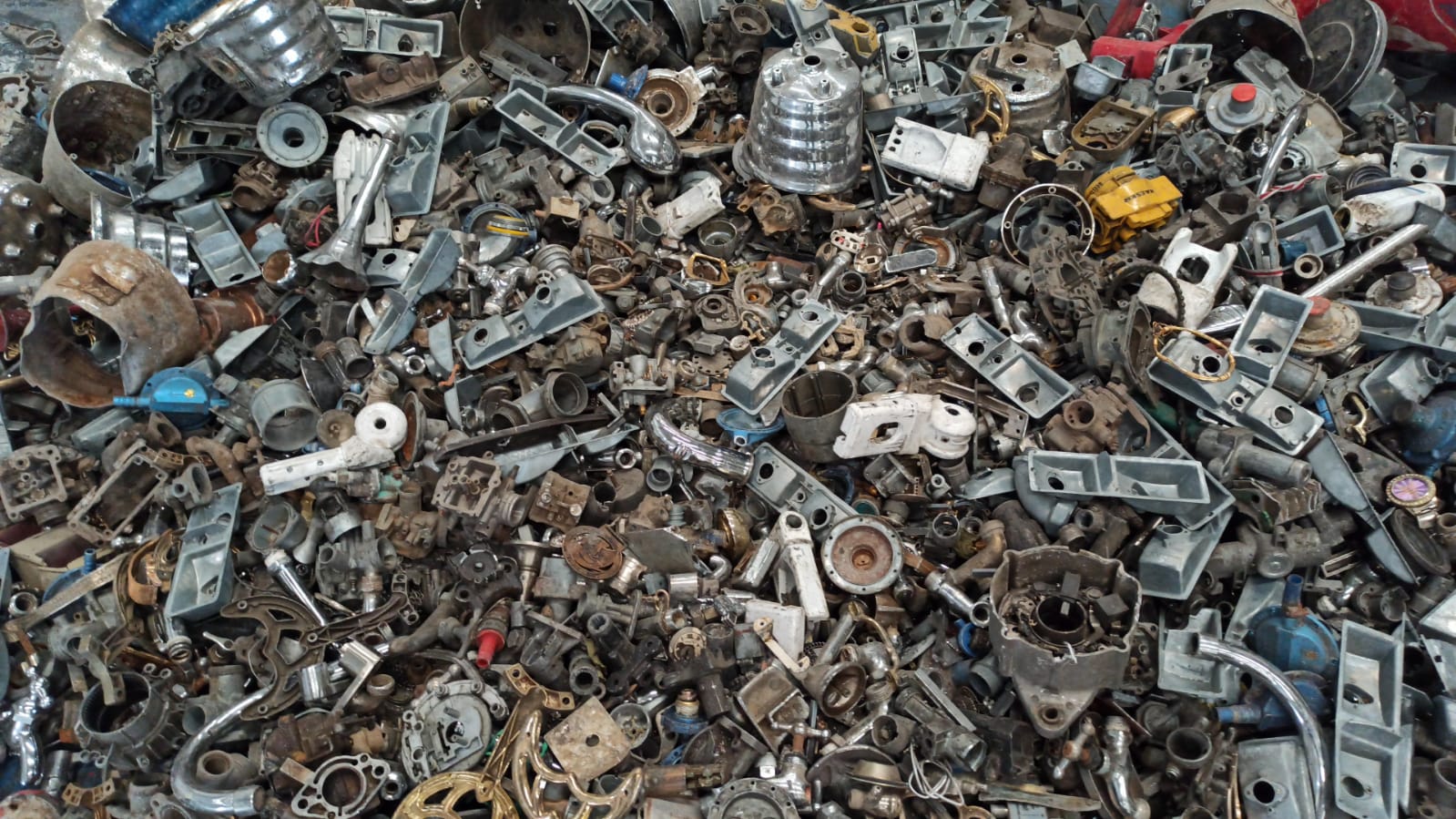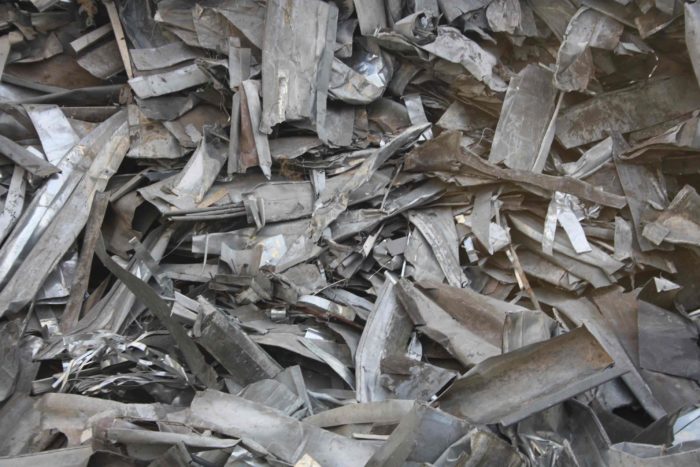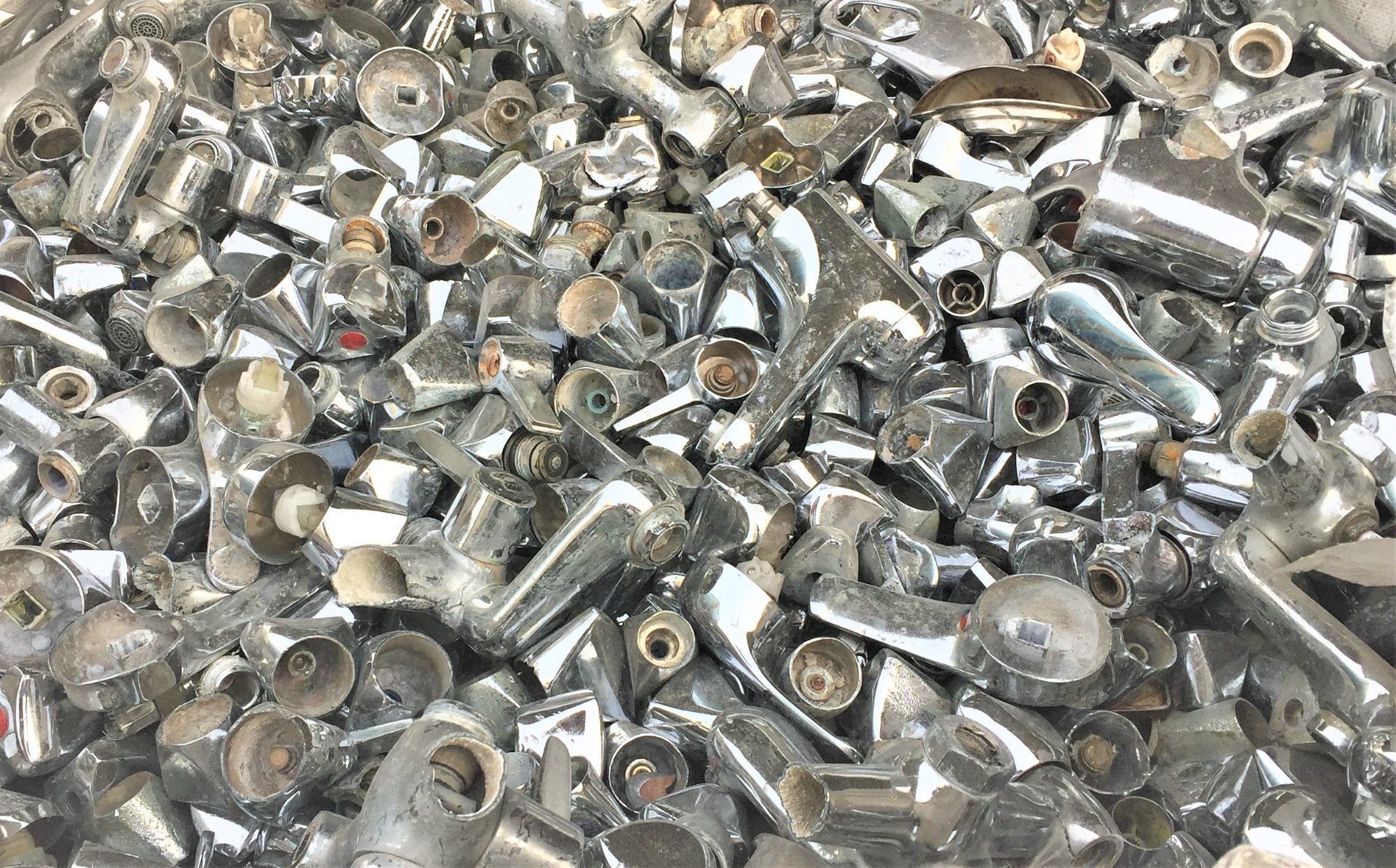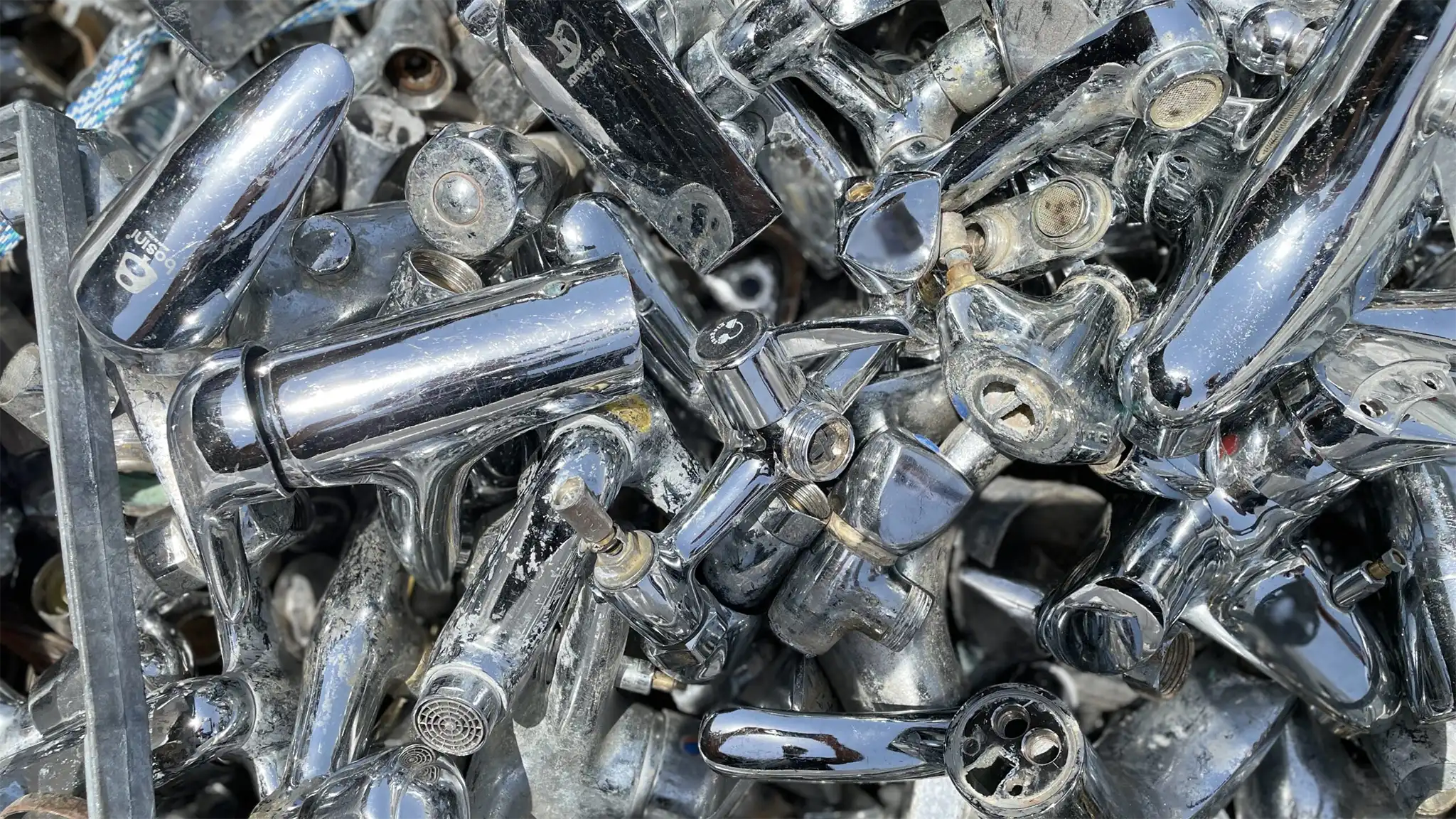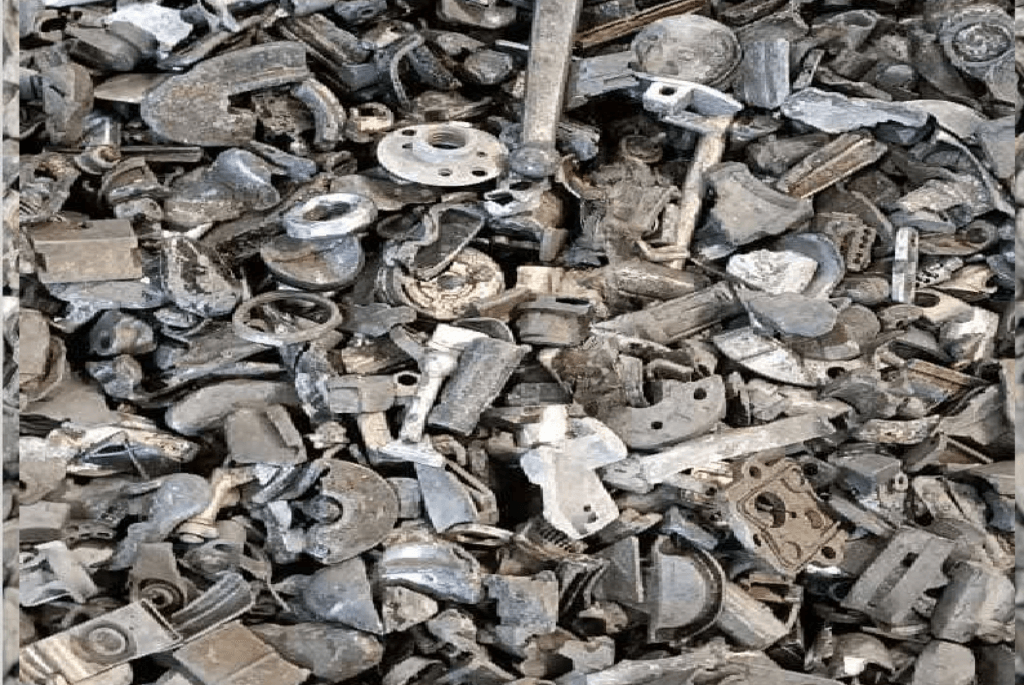Description
Zinc scrap plays a crucial role in the recycling industry and is essential for the sustainable management of resources. Zinc is primarily used as a protective coating for steel and iron to prevent corrosion, through a process known as galvanization. Over time, used zinc-coated products become available as scrap, providing an opportunity for recovery and reuse. The recycling of zinc scrap not only conserves natural resources but also significantly reduces energy consumption and greenhouse gas emissions associated with primary zinc production.
The collection and processing of zinc scrap involve various methods, including shredding, sorting, and melting. Specialized facilities are equipped to handle different forms of zinc scrap, such as zinc dust, dross, and coated steel scrap. Once processed, recycled zinc can be reintroduced into the production cycle, leading to a circular economy where materials are continuously reused. This process not only mitigates the environmental impacts of mining new zinc but also supports local economies by creating jobs in the recycling sector.
Furthermore, the demand for recycled zinc is growing as industries seek to adopt more sustainable practices. Manufacturers increasingly recognize the value of integrating recycled materials into their production lines, contributing to reduced waste and less dependence on virgin resources. As awareness around sustainability continues to rise, the importance of zinc scrap in achieving environmental goals will undoubtedly increase, highlighting the significance of efficient recycling processes in contemporary material management.

